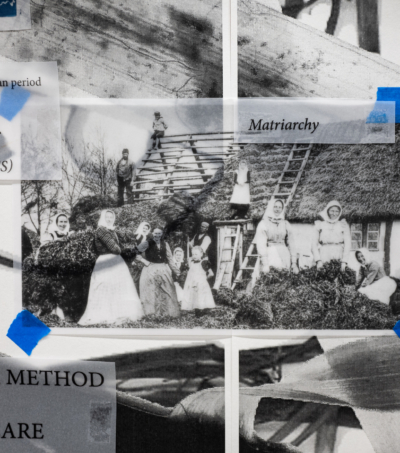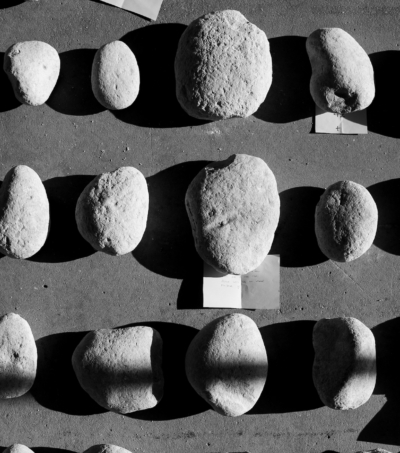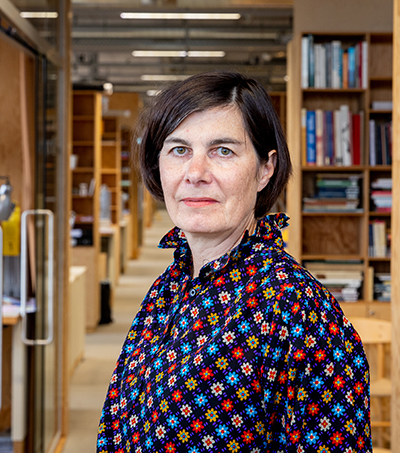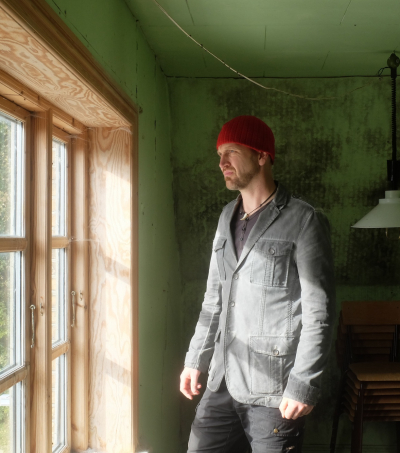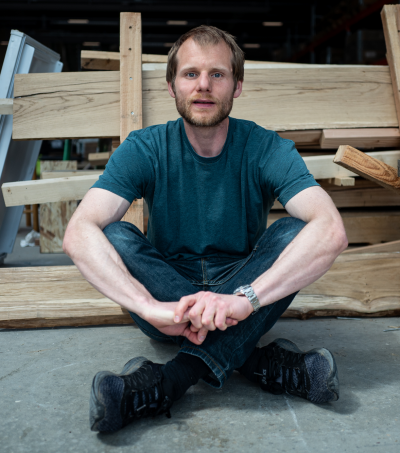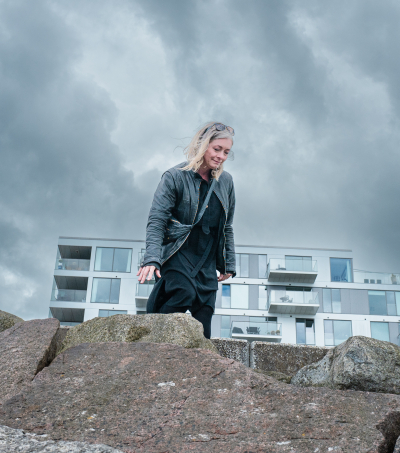 https://aarch.dk/wp-content/uploads/2024/05/MOGENS_MORGEN-06-kopi-scaled.jpg
1707
2560
Niels Rysz
https://s3-eu-central-1.amazonaws.com/aarchdk/wp-content/uploads/2019/02/03164631/aarch-logo-dark.svg
Niels Rysz2024-05-08 11:11:032024-05-14 10:11:17Mogens A. Morgen puts the whole before the parts
https://aarch.dk/wp-content/uploads/2024/05/MOGENS_MORGEN-06-kopi-scaled.jpg
1707
2560
Niels Rysz
https://s3-eu-central-1.amazonaws.com/aarchdk/wp-content/uploads/2019/02/03164631/aarch-logo-dark.svg
Niels Rysz2024-05-08 11:11:032024-05-14 10:11:17Mogens A. Morgen puts the whole before the parts06.01.2022
The question is the answer: Alicia Lazzaroni has developed a pedagogical approach that emphasizes testing and prototyping.
Visiting a workshop run by teaching assistant professor Alicia Lazzaroni is like entering a mix between a kitchen, a greenhouse, an ecological space colony and an architectural studio. You’ll see everything from seaweed and soil samples to strange powders, crushed seashells and jars containing yeast spores.
The only thing you might struggle to find is a classic, representational model of a building. What on Earth – or Mars – is going on here?
Well, perhaps the contours of speculative, ecological and even post-anthropocentric architecture can be inferred from the seemingly chaotic display. Alicia Lazzaroni encourages her students to explore, test and prototype rather than develop fixed ideas and readymade models for their projects.
“I’m not very interested in models that purely will describe forms or conditions. I prefer models developed to test, and learn, and speculate on certain aspects. We could call them performative documents rather than representational”, says Alicia Lazzaroni.
Follow the material
These methods challenge the traditional architectural toolkit and seek to question the boundaries of the profession. And they do so by working across scales and temporality while always engaging in empirical studies.
“For example, if you work with a material, I’ll suggest you consider the material beyond a commodity. You could metaphorically follow it and perhaps go back to the place of extraction or production, understanding it as part of a larger assemblage of ecologies, cultures, and economies. ”
This kind of experimental, open-minded approach is indicative of Alicia Lazzaroni’s own appetite for knowledge in all of its forms, regardless of field., She had a hard time deciding what to study because she was basically interested in a lot of things at the same time. Ultimately, she chose architecture because it’s one of just a few naturally intersectional fields of study. And so, it feels natural for her to be constantly walking on the edge of the profession, trying to build bridges with other professionals like ethnographers, physicists and philosophers.
A journey of dialogues
In fact, her early career involved a daring, cross-disciplinary itinerant project. With her longtime partner, Antonio Bernacchi (also a teacher at the Aarhus School of Architecture), she undertook a series of more than a hundred interviews with scholars and practitioners across south-east Asia to better understand a very dynamic moment in the region.
Travelling by land over 15,000 km, the pair set out from Singapore, conducting interviews with an extremely heterogenous group of contributors until finally crossing the border into Mongolia. At that point, they’d been offered a job at the Chulalongkorn University of Bangkok by one of their interviewees, and the following years would prove pedagogically formative as they found an environment open to the kind of critical and speculative approach they value.
Alicia Lazzaroni routinely switches between ‘we’ and ‘I’, indicating how she and Antonio Bernacchi have been travelling and working together for so long that they see themselves as a unit.
MÅSKE ER DU OGSÅ INTERESSERET I DETTE



